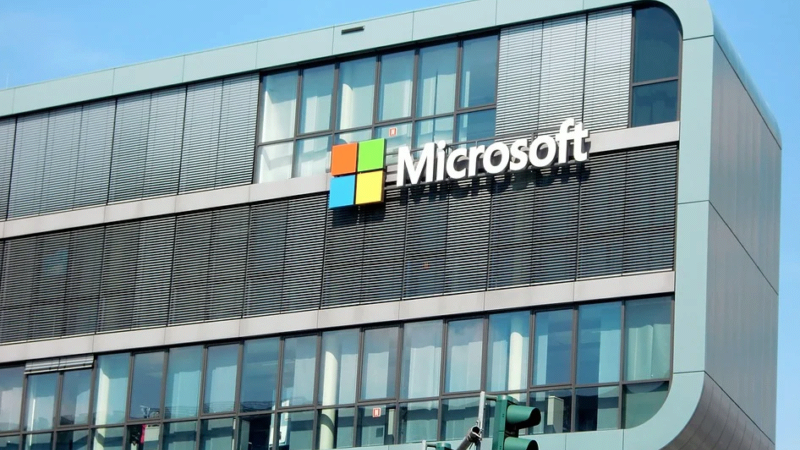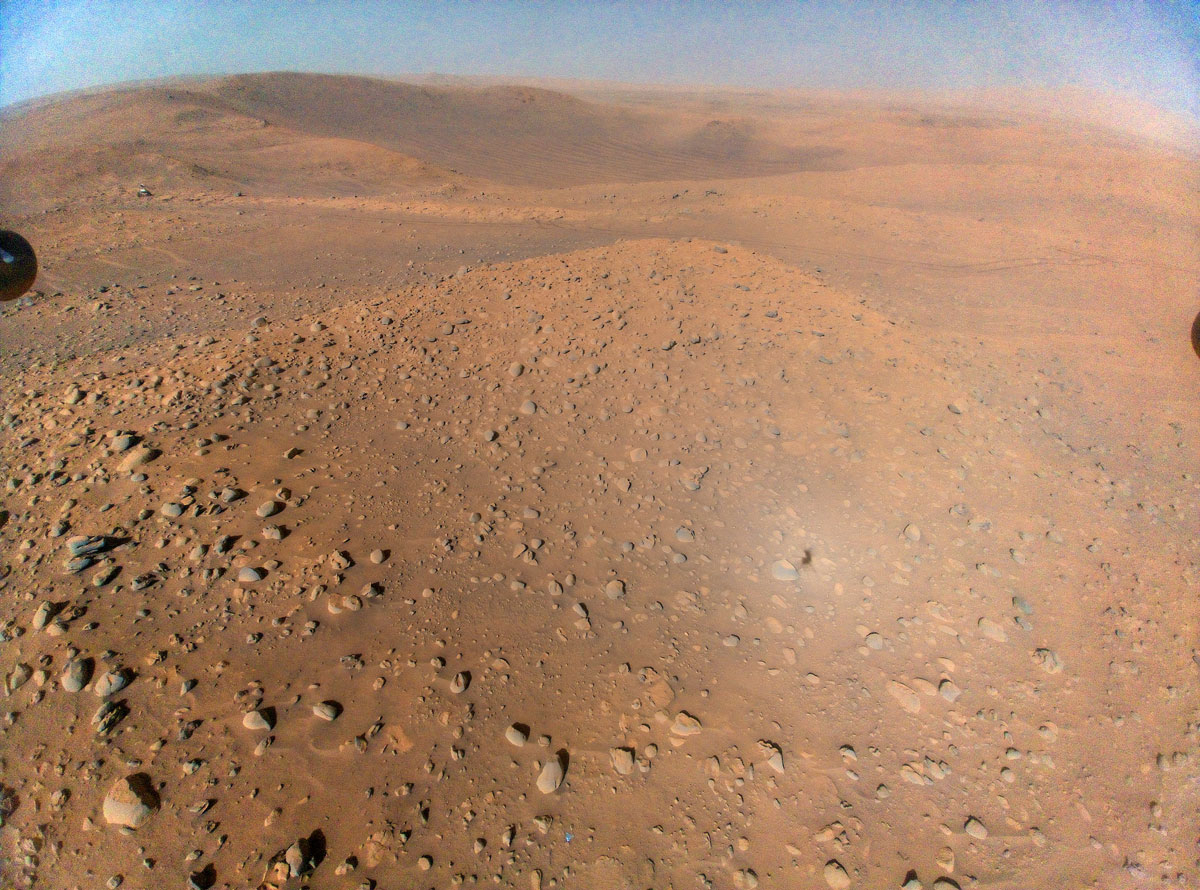Microsoft wants to become climate neutral by means of emission certificates
Microsoft wants to be climate-negative in seven years. The declared goal: save more emissions than emit. A new deal should help.
When it comes to climate change, we seem to be running out of time. Innovative approaches are urgently needed to reduce emissions. At the same time, it remains our responsibility to filter emissions that have already arisen from the environment in the medium term.
Not only the private sector has to rethink, but also industry. Microsoft has therefore set itself two ambitious goals in the past. By 2030, the group wants to remove more greenhouse gases from the environment than it produces. By 2050, all emissions that have ever occurred in the company’s history should be offset.
Microsoft wants to become climate negative with new deals
So it’s no wonder that the group is always looking for new ways to achieve this goal. A plan was recently announced with which a cooperation partner would use algae to bind carbon dioxide. And that’s not all. Because you also see some potential in Direct Air Capture technology.
Gigantic systems filter CO2 from the environment and store it in deep layers of rock. The provider CarbonCapture from Los Angeles owns such a facility in Wyoming, which will start operating in the second half of 2024. A special, modular technology was developed for this purpose.
Certificates to offset your own emissions
Microsoft therefore quit now partnered with CarbonCapture at. As part of this, the large corporation buys large quantities of emission certificates, which have a positive effect on its own climate balance. After the plant has been commissioned, the provider expects a capacity of 10,000 tons of carbon dioxide per year. In the best-case scenario, this will increase to five million tons in 2030.
For comparison: Microsoft emitted about 14 million tons of greenhouse gases in fiscal year 2021. Therefore, it is not surprising that the group primarily relies on the elimination of existing sources. This is the only way to achieve the 2030 goal as sustainably as possible.
Also interesting:



